Beach fishing for snook can be one of the best and most fun ways to target these elusive fish. As winter rolls into spring and the water begins to warm up, snook start making their way out to the beaches to spawn.
The best time of year to target snook from the beach is typically late spring through the end of the summer. Anglers further south, where the water warms quicker, can start catching snook from the beach as soon as April. In other areas, where the water stays colder for longer, it takes more time for those fish to begin showing up along the coastline.
When anglers use the right techniques and fish the correct tides, they can capitalize on the large amounts of snook that stack up along the beaches near them.
Whether you’re a beginner or veteran to beach fishing, you’ll want to read through each section as I’m going to break things down in incredible detail and reveal some of my top-secret surf fishing tips.
Contents
- What is beach fishing?
- Do you need a fishing license to beach fish?
- How to read the beach/surf
- Best times to target snook from the beach
- How to keep up with the tides
- Best rigs for beach fishing
- Best bait for snook
- How to cast properly on the beach?
- How to make and set a beach rod holder?
- Why you should beach fish?
What is beach fishing?
Beach fishing is fishing from that takes place from the seashore or the surf. Anglers can target many different species and use numerous tactics to catch fish from the beach.
Snook are one of the most sought-after fish anglers can target when beach fishing. During the summer, these elusive fish travel from the inland Intracoastal waterways, out onto the vast beaches that line the coast of Florida. They usually school up in large groups and hunt for schools of baitfish.
Do you need a fishing license to fish at the beach?
Some fishermen may think they don’t need a license to fish from the beach. However, it is required that anglers obtain a shoreline fishing license for fishing at the beach.
How to ‘read the beach’ for surf fishing
When beach fishing, a lot of things come into play.
- How rough it is?
- Is it windy?
- Is there bait or birds in the water?
These are all valid questions that play an important role in your beach fishing approach.
The harder the wind is blowing and the larger the waves, the heavier the weight or lure will need to be. In contrast, if fishing on a calm day, a much lighter weight or lure will get the job done.
It’s important for anglers to know where to look for snook when targeting them from the beach. Anglers should start by looking for baitfish along the shoreline. One easy way to locate baitfish is to watch for birds flying above the water.
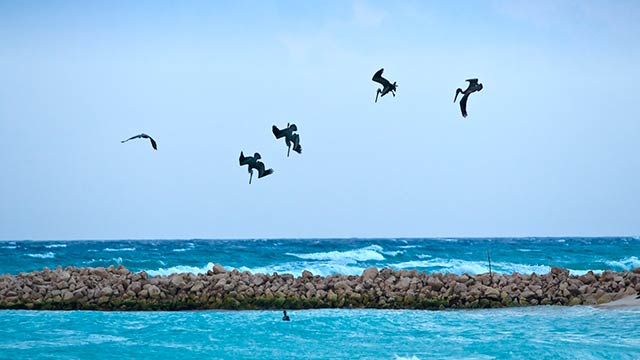
Birds, such as pelicans and seagulls are a good indication that bait is in the area. Whether it’s schools of greenbacks, threadfins, or finger mullet, where there is bait, the snook will not be far behind.
Other key things anglers should look for include points, current breaks, sandbars, potholes, and structure in the water along the shoreline. Finding key areas like these should help narrow down the endless miles of beach and locate snook more quickly.
Google earth is a very helpful tool for finding these key areas. It will show anglers exactly where points and sandbars and located and where certain pieces of structure are under the surface.
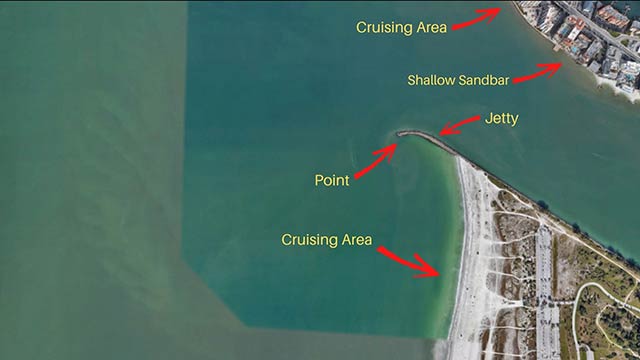
Another thing for anglers to keep in mind is that snook, especially snook on the beach, are very wary and will spook extremely easily. Therefore, it’s important for anglers to maintain a good distance between them and the fish when fishing for them.
Also, if at all possible, avoid letting your shadow fall directly onto the location where you’re casting or where the snook may be. Even shadows can spook wary fish.
Best times to target beach snook
Although snook can be caught from the beach all throughout the day, the best times of day to target them are the first couple hours of daylight and the last couple hours of daylight.
With lower light conditions, snook have a harder time seeing anglers on the shore and therefore are less apt to get spooked. That being said, if the tides are right, I’ve also caught big snook during the middle off the day.
Best tides for beach fishing snook
Paying attention to tides is a very key part of beach fishing for snook.
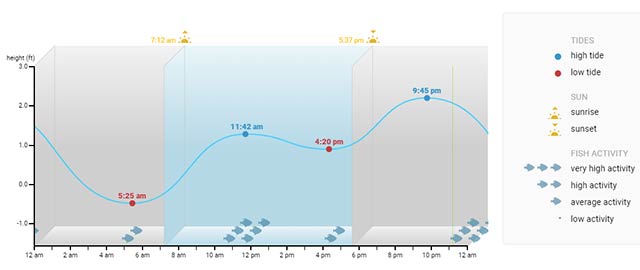
Although it varies from one area to the next, I’ve found that an outgoing tide is the best tide to target snook from the beach. This is because bait is being pushed out from off the flats, through the inlets and passes, and down the beach, where snook can easily feed on it.
The first couple hours of an incoming tide can also be effective.
Whether you fish the outgoing or incoming tide, high tides tend to be better because they allow snook to cruise the channels and drop-offs in deeper water where a lot of bait congregates.
What are the best rigs for fishing snook on the beach?
When beach fishing, anglers must have the proper gear. It’s important to have the right rods, reels, hooks, line, and leader to handle the harsh surf conditions and land powerful snook. I prefer using fairly heavy spinning tackle when targeting big beach snook.
If fishing with artificial lures, I like a 7’ medium heavy spinning rod paired with a 4000 sized reel. I spool the reel with 20-30 pound braided line and tie a 20-30 pound fluorocarbon leader to my braid. The clearer the water, the lighter I’ll go, but never less than 25-pound test. Snook have extremely abrasive jaws and can cut right through light line. I’ve learned that the hard way many times.
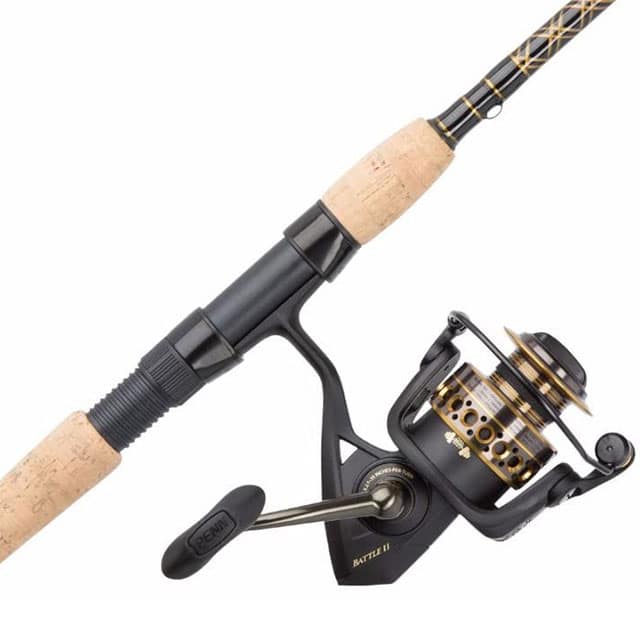
PENN Battle 4000 Spinning Rod/Reel Combo
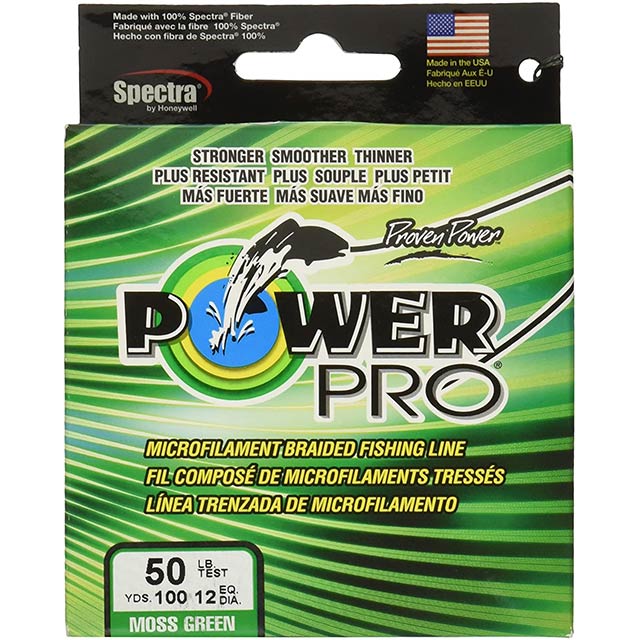
PowerPro Spectra Moss Green Braided Line
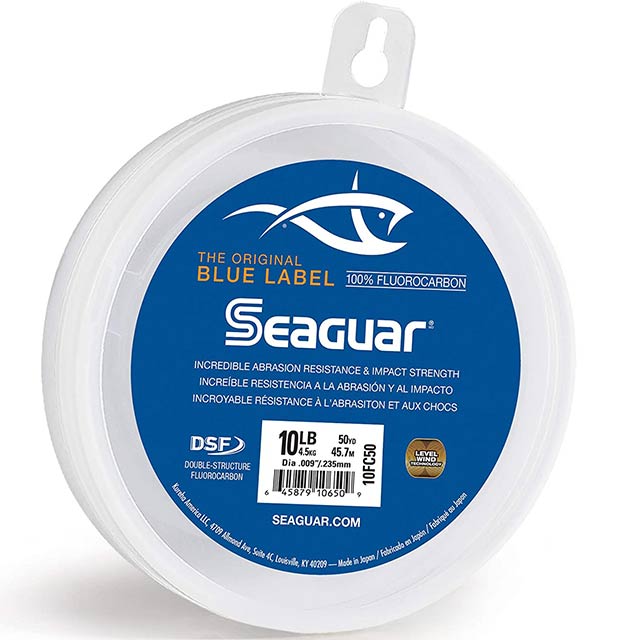
Seaguar Blue Label Fluorocarbon Leader
If fishing with live or cut bait, I prefer a longer, 7’6” medium heavy spinning rod paired with a 5000-6000 sized reel. The longer rod allows for much better casting distance and the larger reel can hold more line, which can both be crucial when targeting snook from the beach. I spool that reel with the same 20-30- pound braided line and tie the same 25-40 pound fluorocarbon leader to my mainline braid.

Penn Battle 6000 Spinning Rod/Reel Combo
Depending on how rough the waves are, I will vary the size of my weight. In calm conditions a 1/2-1 ounce egg sinker will do the trick. But in rough conditions, a heavier 2-4 ounce egg weight could be necessary. I usually use a couple of small spilt shot sinkers to keep my weight pegged in one place on my leader, usually about 3 feet above the hook. On extremely calm days, anglers may not even want to use a weight and can simply let their bait swim freely through the water. This is a good tactic when no wind or waves are present.
If using live or cut bait, I prefer 3/0-5/0 circle hooks, depending on the size of the bait. Circle hooks are super sharp, have a good hook-up ratio and do the work for you. Anglers don’t have to worry about setting the hook, but can just lean into the fish and let the circle hook do its job. In addition, circle hooks are safer for the fish and don’t cause as much harm to their jaws.
Anglers should hook live bait either through the nose or through the stomach near the tail. Cut bait can be hooked anywhere in the hard part of the bait.
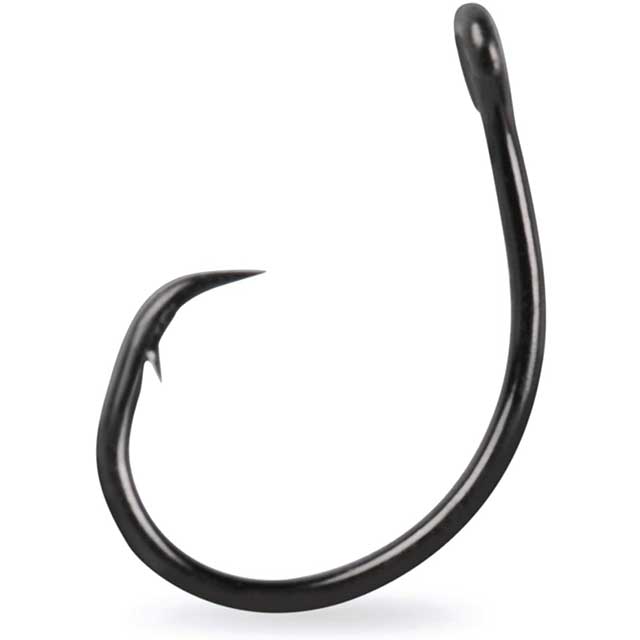
Mustad UltraPoint Demon Wide Gap In-Line Circle Hook
What is the best bait for beach fishing for snook?
When fish the beach, anglers can use:
- artificial lures,
- live bait, or
- dead cut bait.
All three options will catch snook.
If you prefer to use artificial lures, bucktail jigs, paddletail swimbaits, soft plastic jerkbaits, hard jerkbaits, and topwater baits can all produce snook from the beach. I prefer this technique in calm conditions, when snook are visible from the shore. In these situations, anglers can often sight fish for snook and more accurately target them using aritificial lures.
On the other hand, if you’re an angler who prefers using live or cut bait, greenbacks, threadfins, pinfish, grunts, finger mullet, and even ladyfish are all excellent options for targeting big snook from the beach. This is the technique I prefer to use when fishing for snook from the beach.
I can fish this tactic even in fairly rough conditions and when snook are not visible from shore. And I can have more than one bait in the water at a time. I typically use PVC pipe as rod holders and position at least three rods when using this tactic.
How to cast properly at the beach
When casting their bait or lure from the beach, anglers should use the same approach as they normally would when casting. However, they should use much more force, in attempt to cast the bait or lure as far as possible.
This is especially true when fishing with live or cut bait. Obviously, the heavier your bait, the further you will be able to cast.
Therefore, if you are aiming for a certain target and can’t reach it, try rigging up a heavier weight.
How to make and set a beach fishing rod holder
When fishing at the beach, anglers often use more than one rod, especially when fishing with live or cut bait. Anglers can buy rod holders made specifically for surf fishing, or can easily make their own rod holders with a few tools.
Just a piece of 2-inch PVC pipe and a saw. Simply cut the pipe at an angle so that its pointy on one end, which is the part that will stick in the sand. Make the pipes about 4 feet in length. Once you’ve cut your pipe the correct length, you’re ready to go! Just stick it deep enough into the sand so that it won’t come out and you’ve got a homemade rod holder.
Why should every fisherman learn to beach fish?
Anglers of all ages can and should learn to beach. It is a thrilling experience fighting a large fish, like a snook, from the surf. If they’re patient, some anglers can even catch the snook of a lifetime fishing from the beach.
So, the next time you find yourself at the beach for a spring or summer vacation, be sure to give snook fishing a try.
Snook are some of the most hard-fighting inshore species and can provide some fun and exciting enjoyment. Whether you use live bait or artificial lures, it’s worth a shot for a chance at a giant snook!
Happy fishing and keep your hooks wet!
